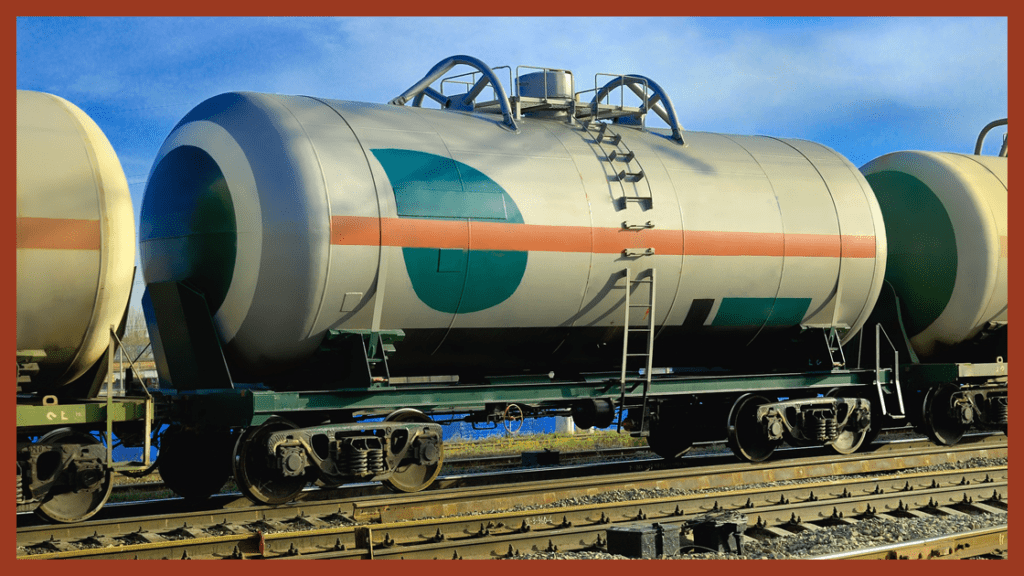The predictions and scenarios related to Ukraine/Russia are starting to pour in. The global food supply chain predictions are getting worse by the day. But what specifically should you do regarding your Food Fraud Vulnerability Assessment? Back to basics and build up.
At first, the Ukraine-Russia event seemed so geographically far away that, although concerning news, it felt unrelated to your food fraud prevention work. Then, when looking a little closer, you found that even though Ukraine is a big producer of agriculture and foods, you probably didn’t buy any product directly from the country. You may feel relief, you’re done.
Done? Are you sure?
[Note: Here we are reviewing supply chain disruptions which refer to the root cause as an ‘event.’ Therefore, we refer to the ‘Ukraine/Russia event’ or just ‘event.’]
Although there may not be any obvious direct impacts to your food fraud vulnerability assessment, there ARE significant changes to the world-wide food fraud opportunity. Whether it is for Ukraine/Russia, COVID (base, delta, omicron, etc.), melamine in infant formula, or peanut shells in cumin, the key is to focus on YOUR process and YOUR system. The examples above are all ‘events’ that lead to supply chain disruption ‘causes’ that have ‘effects’ on the supply chain and impact your food fraud vulnerability. The basic steps are the same. The ‘corkscrew approach’ still applies – do a light, quick and complete review, and then go deeper as needed.
The below list of questions is not about IF you have acted but about what you HAVE done:
Food Fraud Vulnerability Assessment and Prevention Strategy Update Questions:
- What is the result of your review of the current supply chain disruption event (Ukraine-Russia) for new or changing food fraud vulnerabilities?
- What food fraud vulnerabilities have you updated?
- How has your food fraud vulnerability assessment changed? What new problems are you monitoring?
- What countermeasures or control systems have you adjusted (or, what are you monitoring?)
- What is your plan and schedule for (1) updating the impact of the event and (2) updating your food fraud vulnerability assessment AND prevention strategy?
These recommendations may seem overwhelming, but just start with simple steps. As with any and all supply chain disruption events, when considering the food fraud vulnerability assessment updates, the call to action may be to just “actively monitor” the vulnerabilities. If you are having concerns about the process for addressing such a different type of vulnerability as the Ukraine/Russia event, possibly refer to our VACCP MOOC course (see our Food Fraud Prevention Academy) or see our Food Fraud Prevention textbook.

